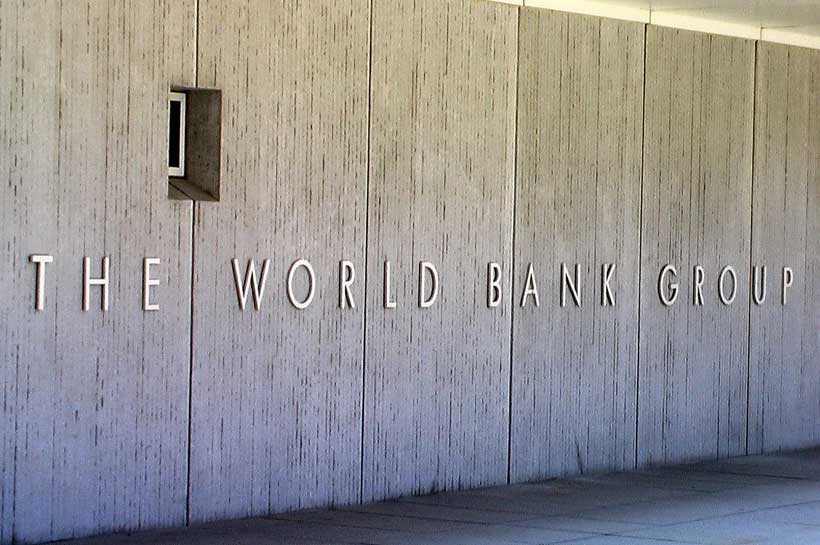The World Bank published the report Sovereign Green, Social and Sustainability Bonds: Unlocking the Potential for Emerging Markets today, based on the result of surveys of emerging market debt management offices and investors aimed at identifying gaps in sovereign labeled bond issuance.
The report spotlights emerging market sovereign issuances and identifies knowledge and capacity gaps that must be addressed to improve the quality of transactions and maximize investor interest and financial, environmental, and social outcomes. The findings provide lessons for new issuers to help them understand the opportunities to mobilize private capital to finance climate action, promote just transition, and meet Sustainable Development Goals.
According to market data, emerging market issuers issued USD 182 billion in green, social, and sustainability or sustainability-linked bonds in 2021, more than triple the amount issued in 2020. Moreover, the share of such bonds issued by emerging market governments has grown in recent years, with 18 (total issuance of USD 70 billion) of the 40 sovereign borrowers that have issued between December 2016 and September 2022 coming from low and middle-income countries.
Twenty-four out of the thirty-two debt management offices surveyed said they were interested in issuing green, social or sustainability bonds. Some have established task forces to advance transactions; some are developing national taxonomies to help identify eligible assets. Others have already developed bond frameworks. However, many need a clearer understanding of the financial instrument, structure, demand, and pricing.
In response to the survey, issuers shared their views both for and against such transactions, the challenges they face, and the potential characteristics of future issuances. Investors and intermediary banks polledoutlined their interest in emerging market sovereign thematic bonds, their concerns and challenges, the financial and Environmental, Social, and Governance (ESG) factors they consider before investing, and the bond characteristics of interest.
“Sovereign issuances fund governments’ investment programs and also catalyze private sector issuances by increasing liquidity, benchmarking the yield curve, and setting best practices. The World Bank Treasury Sustainable Finance and ESG Advisory Services have mobilized USD 1.5 billion of private sector capital in fiscal year 2022, in line with the Bank’s private capital mobilization agenda,” said Jorge Familiar, Vice President and Treasurer of the World Bank. “We are happy to see strong interest in emerging market thematic bonds, including issuances by sovereigns, subnational entities, states, and municipalities, in the context of a prudent debt management strategy and market conditions.”
“In today’s world, countries face enormous constraints to financing the deep transformations needed for societies and economies to become sustainable,” said Juergen Voegele, World Bank Vice President for Sustainable Development. “This report shows what can be done so that sovereign green, social and sustainability bonds can become an important source of financing for these transformations where they are needed the most – in emerging markets.”
As the largest multilateral financier of climate action in developing countries, the World Bank is committed to promoting dialogue and sharing knowledge between investors and sovereign bond issuers. The World Bank’s Sustainable Finance and ESG Advisory Services help policymakers, ministries of finance, regulators, central banks, and supervisors develop sustainable financial systems and play a critical role in integrating green, social, and sustainability bonds into the funding and debt management strategies of public sector borrowers. In addition, the Advisory Services support the World Bank Group’s private capital mobilization initiatives.
The World Bank (International Bank for Reconstruction and Development, IBRD)’s own triple-A rated bond issuance mobilizes funding from the capital markets to support sustainable development in member countries The World Bank issued the first labeled green bond in 2008, and today, in addition to its green bond program, issues USD 40-50 billion in Sustainable Development Bonds annually to support the financing of a combination of green and social, i.e., “sustainable development” projects, programs, and activities in middle-income countries.


